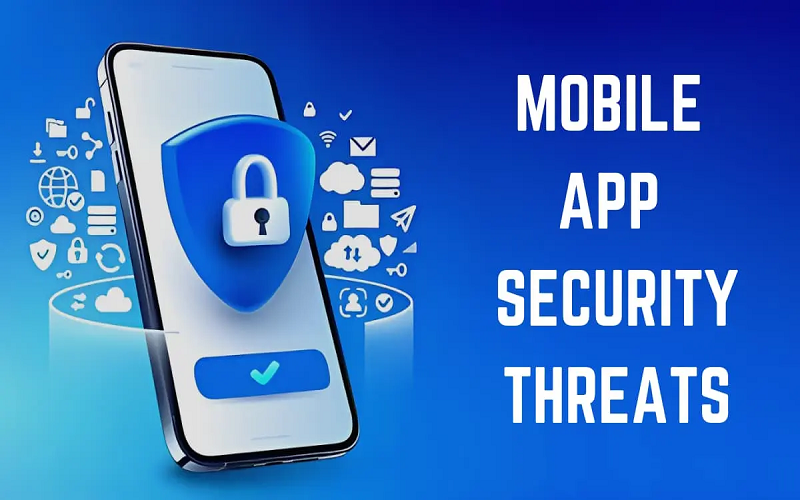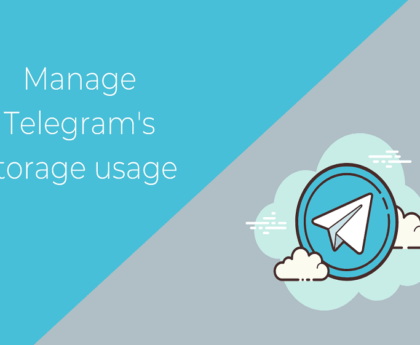In our connected world, mobile apps rule daily life. Ensuring robust app security is crucial. From banking to social media, we rely on apps, making comprehensive security vital. This explores app security’s importance, challenges, and best practices to protect data and privacy.
Understanding App Security
App security involves methods and technologies to protect apps from threats, unauthorized access, and data breaches. It’s a multifaceted approach including encryption, authentication, authorization, and secure coding practices.
The Growing Importance of App Security
With smartphones and app usage skyrocketing, security stakes are higher than ever. Apps handle sensitive data like personal information, finances, and private communications. Any security breach jeopardizes privacy and undermines digital trust.
Challenges in App Security
Despite cybersecurity advances, app sec faces hurdles. Cyber threats evolve, with hackers using advanced techniques to exploit vulnerabilities. Also, the vast app landscape across platforms makes uniform security standards challenging for developers.
Threats That Can Compromise Security
Mobile apps face various dangers, from malicious software and phishing tricks to data breaches and insecure APIs. Bad actors often see holes in code, weak logins, or open data paths for unauthorized entry.
App Developer and Platform Provider Duty
Making apps safe is a big job for developers. They should design with security in mind from start to finish. Doing this will lower risks and make users trust their apps more. Platform providers must also play their part. They need to carefully check apps before allowing them. It’s important they give developers tools to build safe apps.
App Security Changes
As technology keeps growing, cybercriminals find new tricks. Programs using AI can copy how people act to sneak past security. Internet-connected devices often lack strong protection, too. These pose unique challenges that apps must be ready for. Developers need to pay close attention and keep improving their security. This helps them counter new threats effectively.
Laws Impacting App Privacy
In recent years, governments worldwide created strict data privacy laws. Rules like Europe ‘s GDPR and California’s CCPA have specific requirements. App developers must follow rules on data collection, storage and use. Obeying these laws builds user trust. It also avoids fees or legal issues for failing to comply.
Balancing Protection and Ease of Use
While strong security is vital, it shouldn’t make using the app difficult. Finding the right balance between security and usability is key. Security measures must not stop the app from working properly or put users off using it. Simple authentication like biometrics or single sign-on could boost security without hassle. Smooth security features like in-app alerts for dodgy activities can help users protect their accounts proactively too.
Ethical Hacking and Bug Bounty Programs Matter
Ethical hacking (also called pen testing) simulates cyber-attacks to find and fix security vulnerabilities before bad actors exploit them. Getting ethical hackers to thoroughly assess security can unearth potential weaknesses before they’re problems. Bug bounty programs reward security experts and white hat hackers for reporting vulnerabilities, with cash or recognition. These programs enhance traditional security and encourage community collaboration on cybersecurity.
Zero Trust Architecture is on the Rise
Zero Trust Architecture (ZTA) is a cutting-edge security approach that challenges traditional perimeter-based security. Instead of assuming trust within the network, ZTA works on “never trust, always verify” – treating all users, devices, and apps as untrusted by default. By using granular access controls and continuous authentication, ZTA reduces the attack surface and boosts resilience against insider threats and external attacks.
Supply Chain Security is Essential
Apps don’t operate in a vacuum; their security depends on the whole lifecycle. Supply chain security covers the creation, distribution, and maintenance phases. Third-party libraries and code can introduce vulnerabilities if not properly checked. Developers must carefully select outside components from trustworthy sources and thoroughly assess their security. Even small flaws could create big problems.
New Tools to Fight Mobile Threats
Traditional security measures may struggle against sophisticated mobile attacks. So new Mobile Threat Defense (MTD) solutions have emerged. These special tools detect and stop mobile-specific threats like malware, phishing scams, and network attacks. Using advanced analytics, machine learning, and behavioral analysis, MTD solutions identify threats in real-time and respond quickly. This boosts overall mobile app and device security.
How End-to-End Encryption Protects Data
End-to-end encryption (E2EE) scrambles data during transmission, keeping it unreadable by hackers. Only senders and recipients can decrypt it. By using E2EE, mobile apps shield sensitive communications, transactions, and exchanges from eavesdropping or interception. E2EE also increases user trust by guaranteeing information remains private and secure. It’s an essential layer of protection.
The Internet of Things (IoT) Era Brings Security Challenges
With more IoT devices like smart home stuff and wearable gizmos, security goes beyond computers to lots of connected gadgets. These IoT devices often lack good security, leaving openings bad guys can exploit. App makers must deal with special IoT security issues, like unsafe firmware code, weak user verification, and risk of botnet attacks. Using strict security controls and following IoTsecurity best practices helps reduce risks from IoT-connected apps and devices.
Quick Incident Response Keep Apps Secure
Effective app sec needs a proactive approach that continues past development, with ongoing monitoring and ability to handle incidents. SIEM tools let organizations centralize and connect security events across apps, allowing real-time threat detection and quick responses to security incidents. Having incident response plans and regular security drills also lets organizations limit damage from security breaches and minimize disruptions to apps.
Artificial Intelligence and Machine Learning
AI and ML revolutionize app security. They allow predictive analytics, anomaly detection, automated responses. AI-powered security analyzes vast data to spot suspicious behavior, threats. Using ML algorithms, solutions adapt and improve threat detection and mitigation based on past incidents. Additionally, AI automation streamlines security operations, enabling faster response – lessening the burden on security teams.
The Impact of Remote Work and BYOD Policies
Remote work and Bring Your Own Device (BYOD) policies have increased mobile app attack surfaces, exposing them to security risks. Remote employees accessing corporate resources from personal devices compromise security through insecure connections, unpatched devices, unauthorized app installs. Developers must prioritize security measures for remote work challenges – secure remote access, endpoint security, device management solutions.
The Importance of Security by Design
Security by Design integrates security into every Software Development Lifecycle (SDLC) stage. Embedding security from initial app design lets developers identify, address vulnerabilities early – minimizing costly security breaches. Secure coding practices, threat modeling exercises, security testing tools are integral to Security by Design.
Privacy and safekeeping of user info matters immensely
As concerns over privacy escalate and watchful regulators abound, shielding user confidentiality and data integrity stands tall as a must-do for app crafters. Clear privacy policies, data minimization tactics, and mechanisms to obtain user consent are vital bridges towards securing users’ faith and adhering to data protection statutes. What’s more, deploying privacy-preserving gems like differential privacy and homomorphic encryption can guard sensitive user data while still unlocking valuable insights from app analytics.
The pressing need for multi-platform security sync
With multi-platform app frameworks and hybrid app setups gaining steam, ensuring uniform security benchmarks across diverse platforms poses a size able hurdle. Defining cross-platform security standards and guidelines can streamline security practices, ensuring congruence in security implementations across varied app ecosystems. Fruitful collaboration between platform providers, industry consortia, and standards bodies is pivotal for birthing and championing such standards effectively.
Conclusion
In this age sculpted by digital innovation and interconnectivity, prioritizing app security isn’t merely necessary – it’s a moral obligation. By fortifying proactive security measures and cultivating a culture of vigilance, stakeholders can bolster the resilience of mobile apps against evolving threats. Ultimately, safeguarding user data’s integrity and privacy is indispensable for sustaining trust and assurance in the digital realm. Visit appsealing for best deals.




